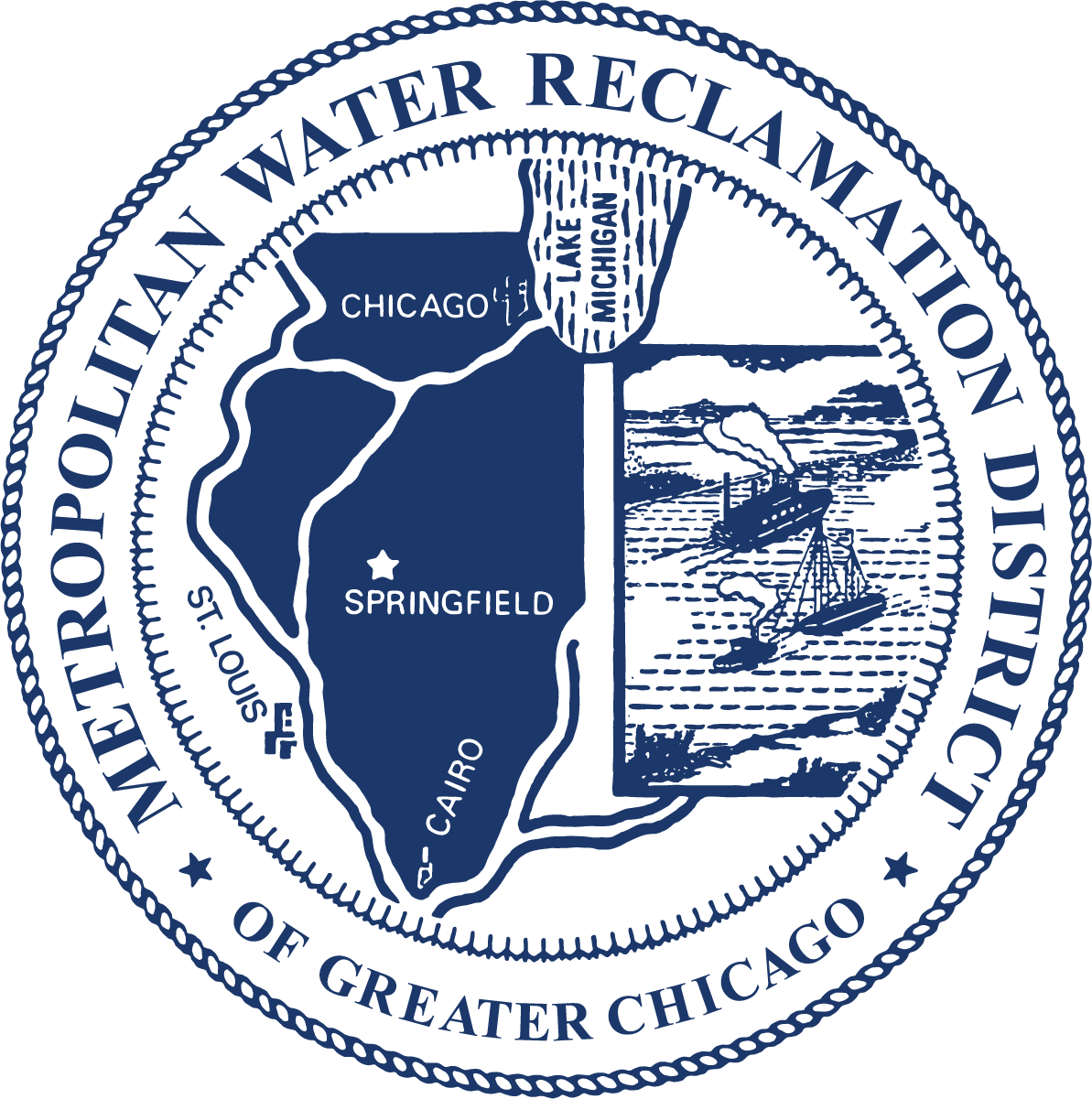"Chicago program develops school playgrounds that capture stormwater, prevent floods," CBS News Chicago
CBS News Chicago: A new playground has been built in Chicago's West Pullman neighborhood — and it has more purposes than just recreation for young people.
The playground is located behind Ronald Brown Elementary Academy, at 12607 S. Union Ave. It includes a basketball court, football field, and running track, and children's playground equipment.
Most importantly, it can capture more than 300,000 gallons of water — which won't flood homes or streets in the community.
"Green spaces are really a respite and a cooler space for the community, to kind of shield them from the impacts of climate change as our world gets warmer," said Jessica Fong, director of education at Openlands, a conservation nonprofit.
Openlands and another nonprofit, the Healthy Schools Campaign, came together to develop the Space to Grow program — which is dedicated to transforming schoolyards using green infrastructure to manage stormwater and reduce flooding.
"We bring more nature to the communities, we bring a beautiful playground, and we're managing the flooding that will hit the communities with less green space," said Jennifer Tani, president and chief executive officer of the Healthy Schools Campaign.
The two nonprofits are partnering with the Chicago Public Schools, the Metropolitan Water Reclamation District, and the Chicago departments of Environment and Water Management, to make the Space to Grow program possible.
Before the transformation at Ronald Brown Elementary Academy, the schoolyard featured a small children's playground and a vast expanse of asphalt parking lot space. Now, that asphalt has been transformed into green space.
Health equity and climate resilience are the major focus in Space to Grow projects. Experts have noted that our changing climate affects parts of Chicago differently.
"We really select schools that are in areas of high need that have been under-resourced for a really long time," said Fong.
Lindy Wordlaw leads climate and environmental justice initiatives with the Chicago Department of Environment.
"Oftentimes on our city's South and West sides, the communities are first impact by climate change and least equipped to respond to it," Wordlaw said. "How can we get water out of basements? Of course, it involves improving the system itself, but there are natural ways to capture water."
Altogether, the Space to Grow program has transformed 1,469,400 square feet of land into multifunctional park and green space, the city said.
At Ronald Brown, the kids love the new playground too. Charles Mayfield, chief operating officer for Chicago Public Schools, said the space is for the entire community.
"What we're trying to do here with Space to Grow is create a better environment for our students," said Brown.
The 36 Space to Grow playgrounds across the city all feature underground chamber systems acting as sponges gradually releasing water into the ground. They capture up to 7 million gallons of water every time it rains.
The official ribbon cutting at Ronald Brown happens Monday. Space to Grow is also working on five more similar playgrounds over the summer, which will be ready for the next school year.
The Healthy Schools Campaign just published its 10-year report for Space to Grow.
